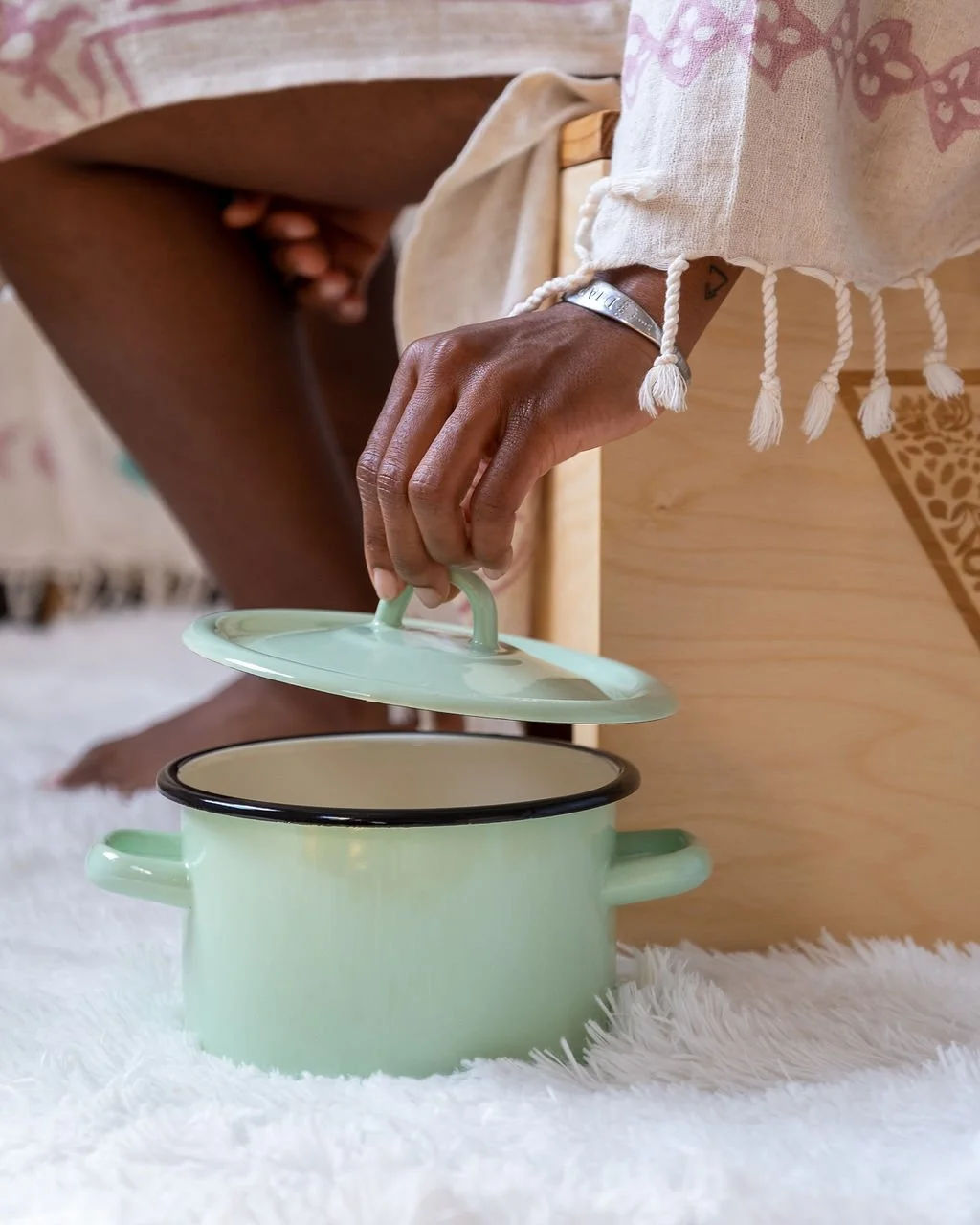Long Covid’s Impact on Menstruation
The World Health Organization (WHO) has defined “Long COVID” as a condition where individuals previously diagnosed with COVID-19 experience symptoms for at least two months, persisting beyond three months without any other identifiable cause. These prolonged symptoms, also known as COVID-19 sequelae, impact an estimated 10% to 20% of those who contract the virus. Common symptoms include fatigue, cognitive impairment, muscle pain, and loss of taste or smell. (Feng & Rong 2023)
Research suggests that SARS-CoV-2 can also affect the reproductive system, particularly menstrual health in women. Women are considered at higher risk of developing Long COVID. Some researchers feel it’s important to explore the prevalence and impact of Long COVID on menstruation, especially among young menstruators. The menstrual cycle plays a crucial role in female physiology, balancing estrogen and progesterone levels, regulating reproductive health, and influencing immune responses.
To bridge this research gap, a study was conducted (Dong et. al 2024) focusing on female college students who had contracted covid before April of 2023. The relatively controlled university environment provided a less biased sample to investigate post-COVID-19 symptoms, their duration, received treatments, and any changes in menstrual patterns compared to pre-COVID-19 conditions. Almost 20% of menstruating students surveyed reported having Long COVID symptoms. The most commonly reported symptoms were fatigue, cough, dyspnea and expectoration. A smaller amount of patients also reported anxiety, muscle pain, insomnia, sore throat, brain fog, excessive sleepiness and heart palpitations. More than 80% of those surveyed reported changes in their overall menstrual status compared to six months before contracting COVID-19. Of the participants, 60% experienced changes in their menstrual cycle. Approximately 22% reported shorten cycles by an average of 5 days. Approximately, 37% reported prolonged cycle with an average extension of 5-6 days. More than 65% experienced changes in the duration of their periods. The average reduction of days being 2.5 days while the average of prolonged periods was 3.5 days. About 65% of the patients changes in their menstrual blood and flow. Most reported brighter red flow or darker blood. Almost 90% of participants reported an increase of blood clots in their periods. Menstrual pain was reported as higher after contracting the virus. Approximately 55% of people, had premenstrual symptoms that they did not have previously including breast tenderness, low back pain, chills, headache, irritability, abdominal diarrhea and excess sleepiness.
Acupuncture as a Potential Solution
Traditional Chinese Medicine (TCM), particularly acupuncture, has been recognized for its effectiveness in treating menstrual disorders. There are many acupuncture points specific to aiding menstrual-related issues. They are known to regulate blood flow to the uterus and modulate prostaglandin levels. Acupuncture is commonly sought out for treating premenstrual syndrome and menstrual imbalances in China. Women and other menstruators in the United States don’t always find solutions for menstrual issues from their Western Medicine providers and are starting to learn more about how acupuncture can help them.
This study (Dong et. al 2024) also looked at how receiving acupuncture could mitigate the potential impact COVID-19 has on the menstrual cycle. More than 95% of the long COVID patients received treatment after infection. Of patients, 60% received Western medicine treatment while 57% received Traditional Chinese Medicine (TCM). Of those that received TCM, 20% received acupuncture. Among the patients surveyed in this study, menstrual changes for those who received acupuncture was much less than those who did not receive acupuncture.
Studies have confirmed that SARS-CoV-2 affects the female reproductive system through the angiotensin-converting enzyme 2 (ACE2) receptor, which is expressed in the ovaries, fallopian tubes, uterus, cervix, and vagina. ACE2 plays a vital role in regulating corpus luteum angiogenesis and deformation, as well as in maintaining the regular function of endometrial tissue. Notably, ACE2 is highly expressed in the ovaries and oocytes, making them potential targets for SARS-CoV-2 infection. (Wang et. al 2021)
The virus’ entry into host cells depends on the combined action of transmembrane serine protease 2 (TMPRSS2) and ACE2, potentially disrupting ovarian and oocyte function. As a result, the development of patient follicles and oocyte maturation may be affected, leading to irregular ovulation cycles and menstrual changes. Although studies indicate that overall estrogen levels remain stable in reproductive-aged women with COVID-19, some patients exhibit abnormally high levels of follicle-stimulating hormone (FSH) and luteinizing hormone (LH), which do not align with their age and anti-Müllerian hormone levels. This suggests a temporary inhibition of ovarian function rather than a decline in ovarian reserve. The resulting hormonal imbalance could contribute to altered menstrual flow and blood clotting patterns. Additionally, SARS-CoV-2 may disrupt the hypothalamic-pituitary-gonadal axis, reducing estrogen and progesterone synthesis, further affecting menstrual health. (Dong et. al 2024)
Beyond its immediate effects, long COVID can trigger persistent immune inflammation, potentially leading to organ dysfunction. This can lead to an increase in prostaglandin production, contributing to dysmenorrhea, also known as painful menstruation.
Finally, long COVID’s impact on mental health should not be overlooked. Psychological factors such as stress, anxiety, depression, and sleep disturbances are commonly reported among those suffering from prolonged post-COVID symptoms. These mental health challenges can exacerbate menstrual symptoms, including worsening dysmenorrhea and other premenstrual symptoms. Studies have shown that premenstrual or menstrual discomfort significantly affects overall well-being and daily life, making it essential to consider both physiological and psychological aspects when addressing menstrual health in the context of long COVID.
In my clinical experience, early stage covid treatment is important in halting virus replication, which in turn can reduce cellular and organ damage. After the acute infection, I often instruct patients to rest as much as possible while also continuing their anti-viral treatment. When patients are able to start coming in for acupuncture (1-3 weeks post infection) is when we can work on further prevention of Long COVID while also taking care of any other lingering symptoms. This has been greatly successful in my opinion. Most of my patients who have followed the above protocols experience no menstrual changes or changes only in the period immediately following viral recovery.
You might also be interested in reading: POTS and Long Covid, What is Your Period Trying To Tell You, Ankle Sprain and Recovery
Photos by Chanel Matsunami Govreau
Written by Dr. Emily Siy, DACM, L.Ac. on 3/30/25, published 6/9/25
Use the code ‘PREPARE’ for $20 off an already discounted acupuncture 3 pack
Sources
Dong, J., Ni, J., Zhang, Z., Yan, H., Xu, J., Zhao, J. (2024) The impact of “long COVID” on menstruation in Chinese female college students and the intervention of acupuncture. Medicine 103(6):p e36818, February
Feng, B-W., Rong, P-J (2023) Acupoint stimulation for long COVID: a promising intervention World Journal of Acupuncture-Moxibustion July Vol 33, Issue 3 pp 191-197
Li F, Lu H, Zhang Q, Li X, Wang T, Liu Q, Yang Q, Qiang L. (2021) Impact of COVID-19 on female fertility: a systematic review and meta-analysis protocol. BMJ Open. Feb 25;11(2):e045524.
Wang, M., Zhang, B., Jin, L. (2021) Female fertility under the impact of COVID-19 pandemic: a narrative review Expert Reviews in Molecular Medicine Nov 2;23:e15



